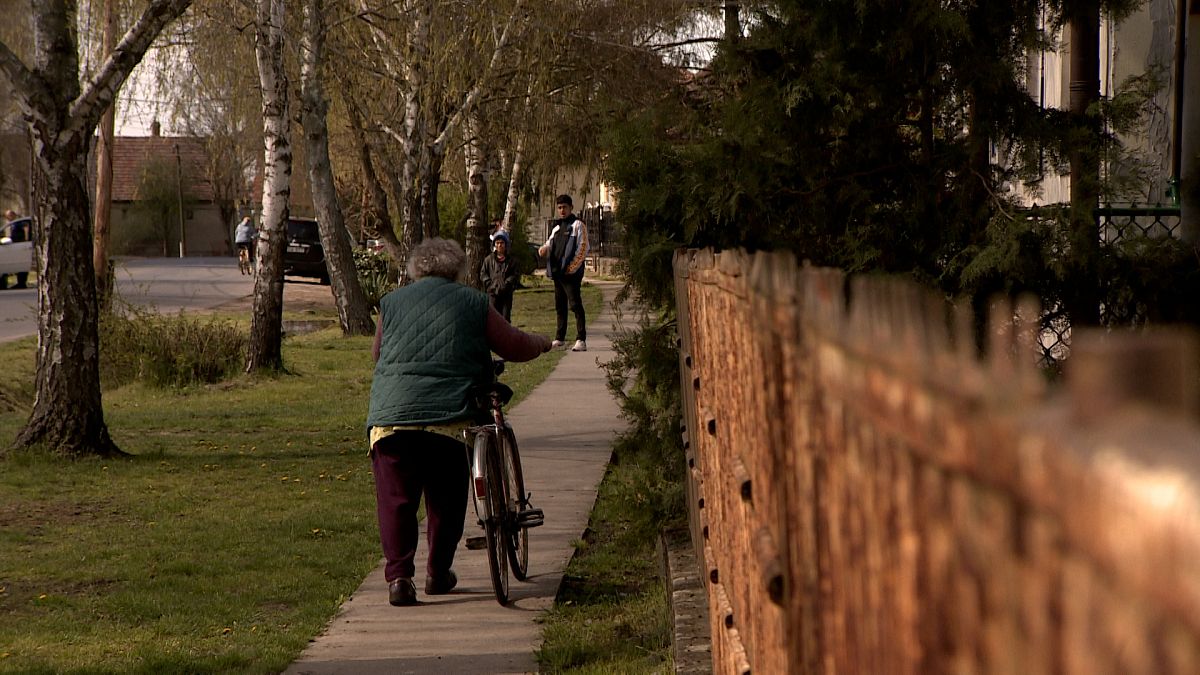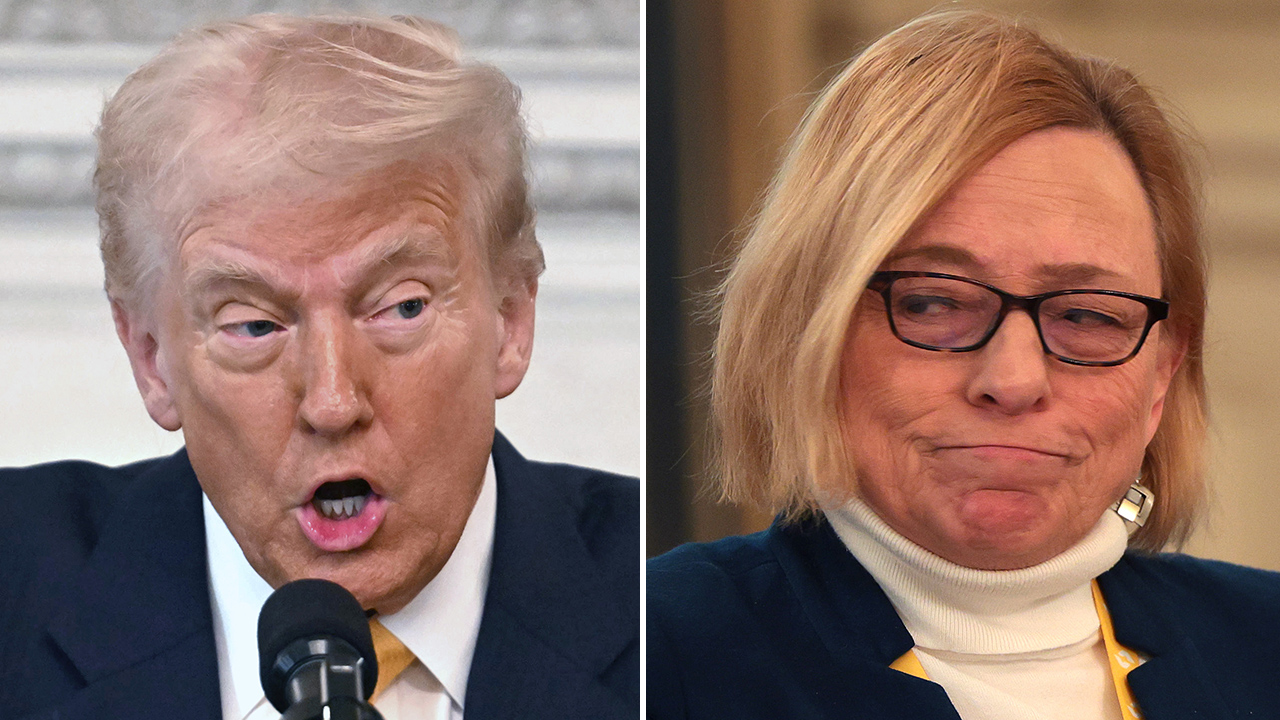Energy ministers are meeting on Friday (30 September) to discuss ways to reduce energy prices and shield citizens and industry from soaring bills.
EU member states are expected to agree on a wide range of measures, including a revenue cap on energy generators, and a special windfall tax imposed on fossil-fuel companies, expected to yield €140bn, which will be used to support households and businesses across Europe.
-
High gas prices trigger high electricity bills due to the current market design (Photo: Eurostat)
A missing part of the puzzle is how to deal with the gas price itself.
A growing chorus of member states are calling on the EU to limit the price of gas directly — but imposing a price on what is essentially a globally-traded commodity is exceedingly difficult, and differing views on what is the best way to proceed remain.
Here are the most important issues.
What are EU countries already doing?
Until now efforts have been focused on securing enough gas storage for the winter, reducing gas consumption, and diversifying supply routes.
European gas storage facilities were over 88 percent full this week. However, it is estimated that full gas storage could sustain European countries for only three months.
EU countries have agreed to voluntarily cut gas use by 15 percent, in the August 2022-March 2023 period, from the average from 2017-2021. Overall, countries have already achieved a reduction of 10 percent.
But the demand-reduction target could become mandatory if gas supplies threaten to run out — and if a majority of member states agree.
Under the new proposal due to be adopted on Friday, EU countries will be obliged to reduce electricity consumption by five percent during peak hours. Each country will be able to identify its own peak hours — i.e. when power demand is at its highest.
Meanwhile, the EU has secured new agreements with the US, Canada, Norway, Azerbaijan, Israel and Egypt to increase gas supplies to the EU.
Why is lowering the price of gas important?
European energy prices are set through a so-called marginal pricing system, which means the most expensive supplier, usually gas power plants at the moment, set the wholesale electricity price for all suppliers. In this way, high gas prices trigger high electricity bills.
How is the EU protecting households and businesses?
Currently, gas prices are not being addressed directly at the EU level.
But individual member states have collectively earmarked €500bn to support households and businesses against high energy prices which are largely-driven by gas prices.
In Austria, for example, a €16m fund for gas and electricity was established to support vulnerable households. Denmark has also adopted a so-called “heat cheque” worth €269m to help 400,000 households-in-need pay their soaring energy bills. Germany on Thursday agreed on a €200bn spending package to protect businesses and households against surging energy prices until 2024.
Most EU countries have provided billions in liquidity guarantees to energy companies in their countries to keep them running. France has nationalised energy group EDF while Germany has taken control of gas giant Uniper. Others, such as Spain, Belgium and Hungary have imposed windfall taxes on energy companies.
Why do member states want to limit the price of gas?
Support measures have become a strain on public finances, especially among less wealthy member states who are less able to protect businesses against the headwinds of surging prices. This could result in an ever-greater divergence between core economic countries and those on the periphery.
In an initiative led by Italy, 15 countries have now called on the EU Commission to act by directly limiting the price of all imported gas, plus gas traded within the union. Supporters include Belgium, France, Poland, Portugal, Romania, Slovakia, Slovenia, Greece, Italy and Spain.
The EU Commission and Germany, the Netherlands and Denmark oppose a price cap on wholesale gas imports, why is that?
In a commission non-paper, presented to delegations of EU member states on Wednesday, the commission argued a price cap covering both liquefied natural gas (LNG) and pipeline supplies would be difficult to implement and could pose risks to energy security.
Non-papers are normally issued to facilitate negotiations and seek agreement, notably within the EU council.
Russian gas exports, representing 40 percent of all EU supply before the war, have dropped by 85 percent. A large proportion of replacement supplies has been bought by gas companies on the global LNG market, which is shipped in from countries all over the world, including the US, Qatar, Russia, Nigeria and Argelia.
By limiting the amount companies are allowed to pay, gas traders unwilling to sell at below market prices could simply decide to pause or halt shipments, which could result in a shortage of supply over the winter.
It could also hamper gas trade between EU countries, because the uniform price removes the incentive for companies to move gas to regions where there is a shortage.
According to one official, an EU-wide mechanism could replace market incentives, but this would have to be designed from scratch, which according to an EU official is “very complex and could take months”.

How does the EU propose to limit the price of gas?
The commission proposal is based on three ideas: setting a price cap on Russian gas imports, negotiating a lower gas price with other suppliers like those located in Norway, and establishing a ceiling on the price of gas used to generate electricity in the EU market.
The price caps on Russian imports would address both the remaining gas flowing through the Ukraine pipeline, as well as Russian overseas LNG. According to the commission, this would limit Russia’s ability to manipulate Europe’s gas market. How this measure will be implemented is still unclear.
The commission is reluctant toward the idea of setting a wholesale gas price cap, and instead, it aims to differentiate “reliable” partners from Russia. Before proposing an EU-wide cap on all gas imports, the EU executive wants to negotiate better prices with partners like companies operating in Norway.
Negotiating a lower price for overseas LNG will be difficult because “LNG can be sold anywhere.” Competitors in Asia would simply outbid EU buyers, an EU official told EUobserver.
But this could be an occasion to make use of the EU Energy Platform — established in April 2022 to organise joint gas purchases.
The commission also proposes limiting the price of gas for electricity generation, which is a measure targeted mainly at domestic consumption by households and small businesses. Financial compensation will come directly from national budgets and revenues coming from windfall taxes — but getting the right amount of money to the right doorstep might prove exceedingly complex.
Could a price cap on Russian gas lower consumers’ bills?
Experts argue that such a price cap will not have an impact on consumers’ bills — and may come with risks.
“As the share of Russian gas in total EU gas imports has rapidly declined over the past months and will continue to do so in the near future, a price cap on Russian gas is unlikely to have a considerable impact on energy bills in Europe,” Simon Dekeyrel, climate and energy policy analyst at the European Policy Centre think tank told EUobserver.
Dekeyrel also noted that Russia could respond by halting all remaining gas supplies to the EU, which would further deepen the energy crisis in Europe.
Russian gas supplies have stopped via major routes, like Nord Stream 1 — but Moscow is threatening to cut gas transit to the EU via Ukraine pipelines.
Could gas price caps, i.e. cheaper gas, actually trigger an increase in demand?
Spain and Portugal have already introduced price caps on gas consumption. However, according to data provided by the commission, this ceiling has led to an uptick in gas consumption in those countries.
An alternative version of this has been implemented by Germany and the Netherlands, although the subsidy is limited to the average amount households use annually only. Everything above that is charged at market prices.
The commission, for now, argues that artificially lowering the gas prices for consumers across Europe may exacerbate the energy crunch by removing price-signals incentives to save energy. This is supported by Brussels-based think tank Bruegel. “Reduction of demand for both electricity and gas is indeed the critical element to solve the supply-and-demand mismatch problem, and will push down prices more effectively than any price cap,” the authors wrote.
What will happen after Friday’s discussion?
The Commission is expected to present an action plan on price caps for gas on Tuesday (4 October). What will be in this proposal will depend on the discussions held by energy ministers on Friday, during which no agreement will be reached. But pressure is mounting on the commission to put forward a proposal that not only satisfies Germany but also the other 15 member states which have already called for a wholesale price cap on gas.




















Discussion about this post